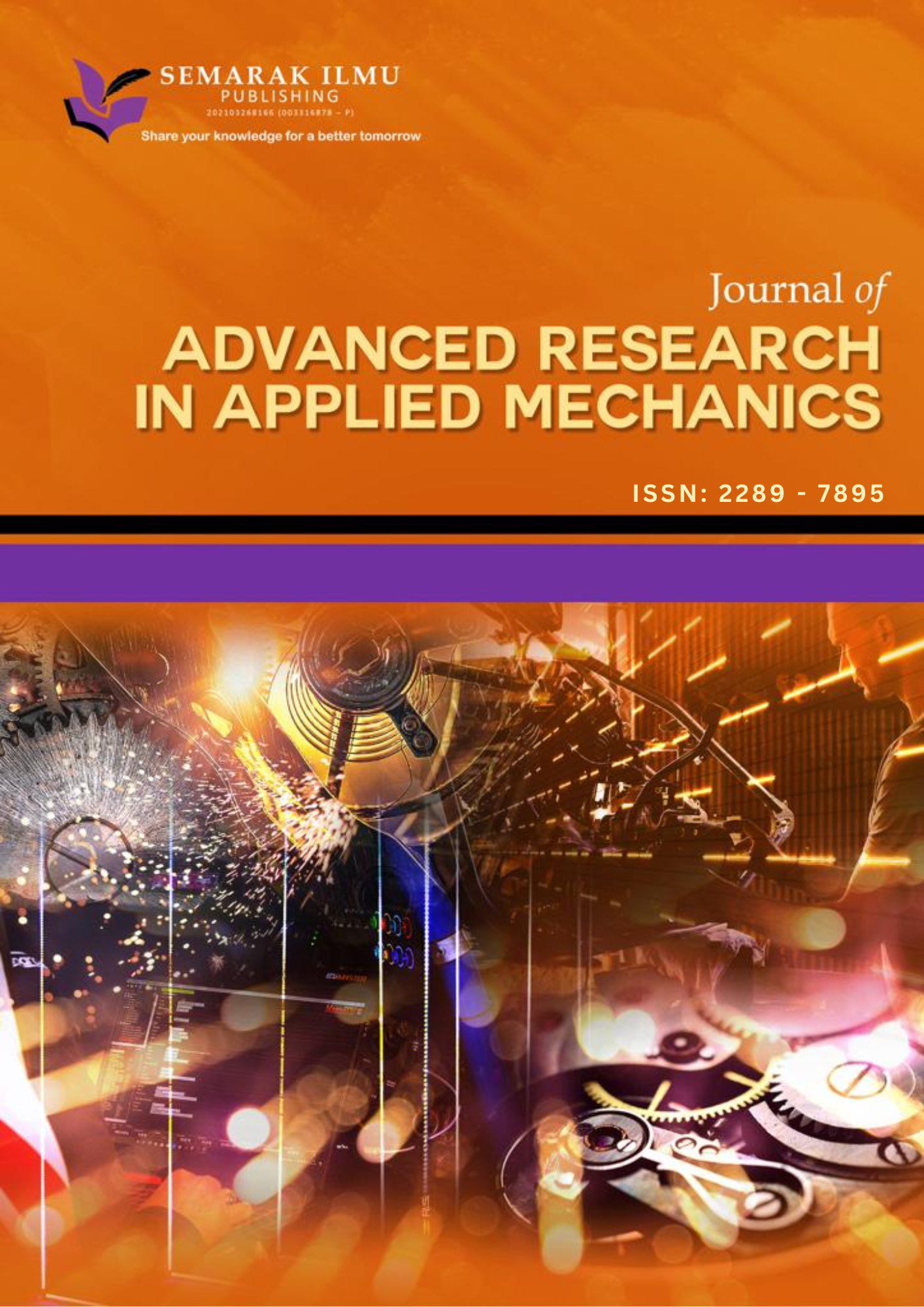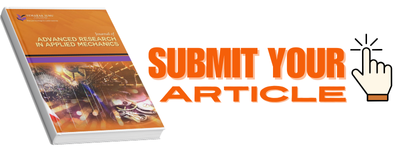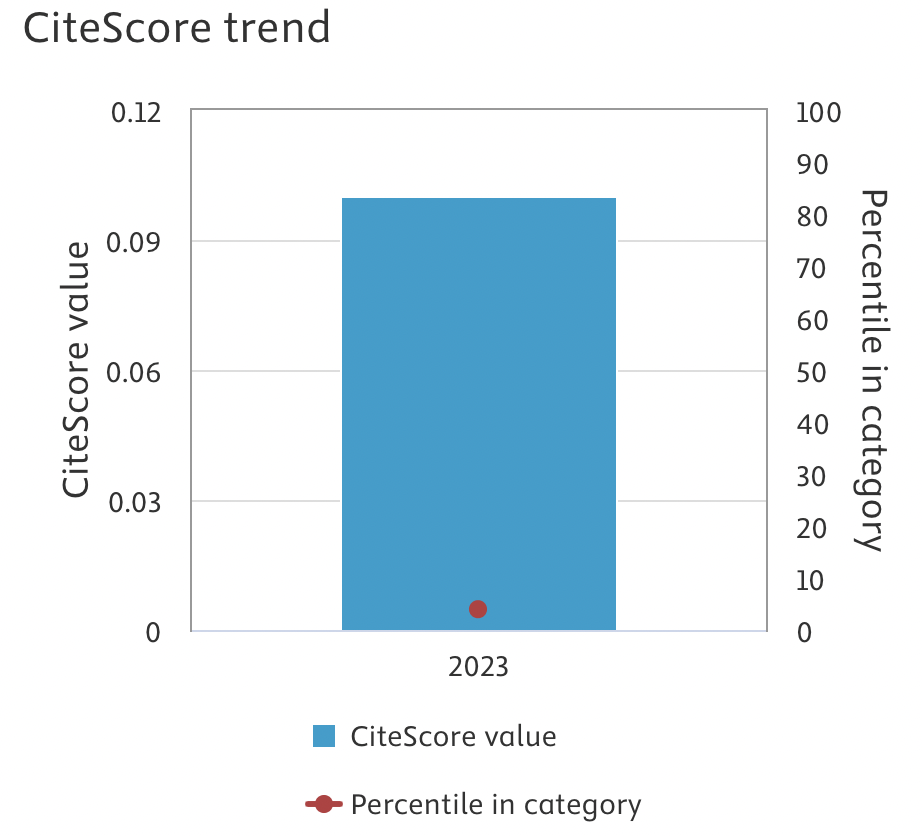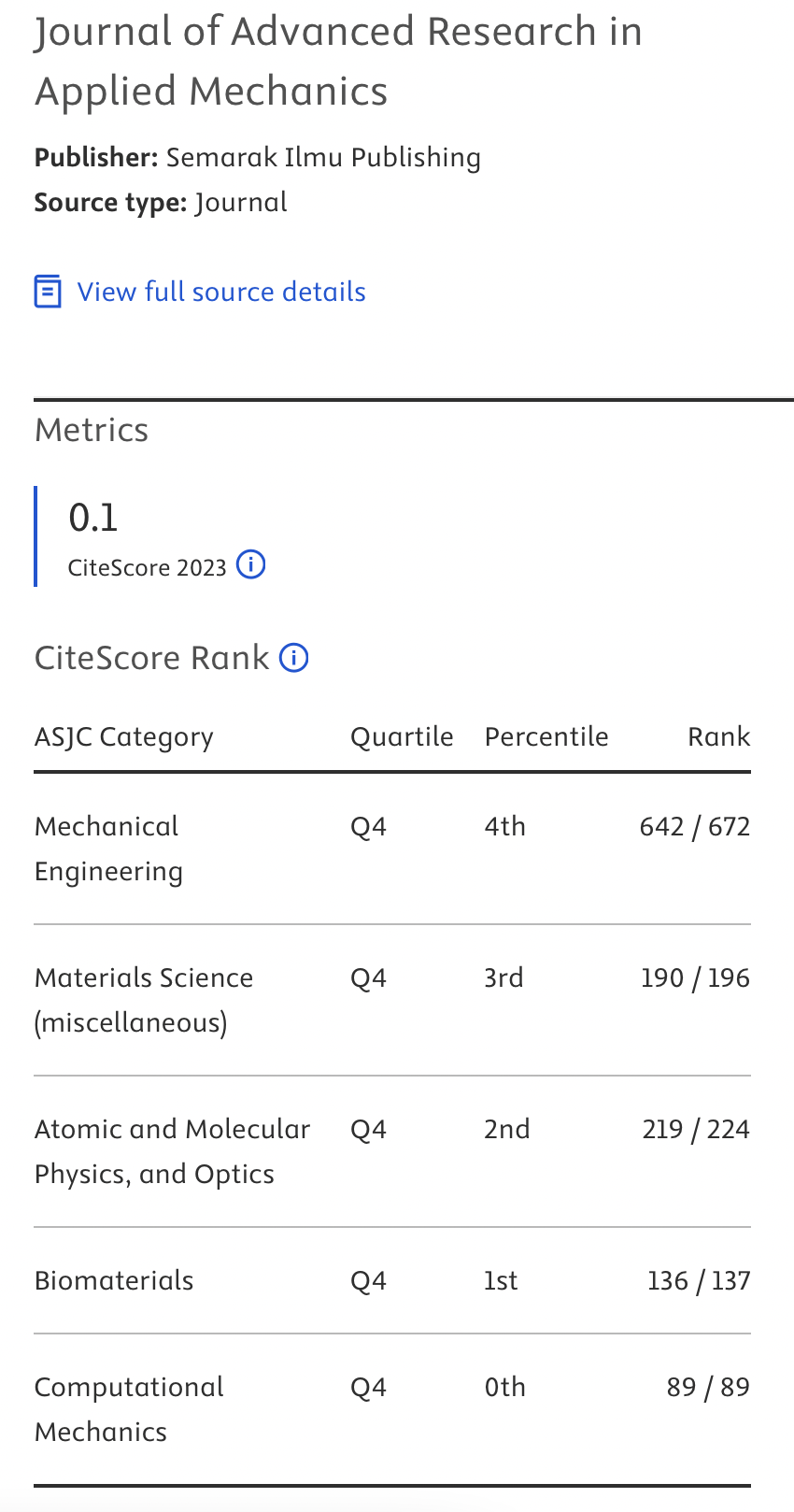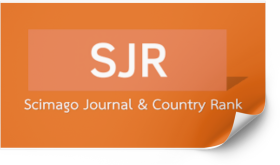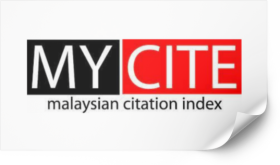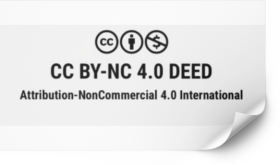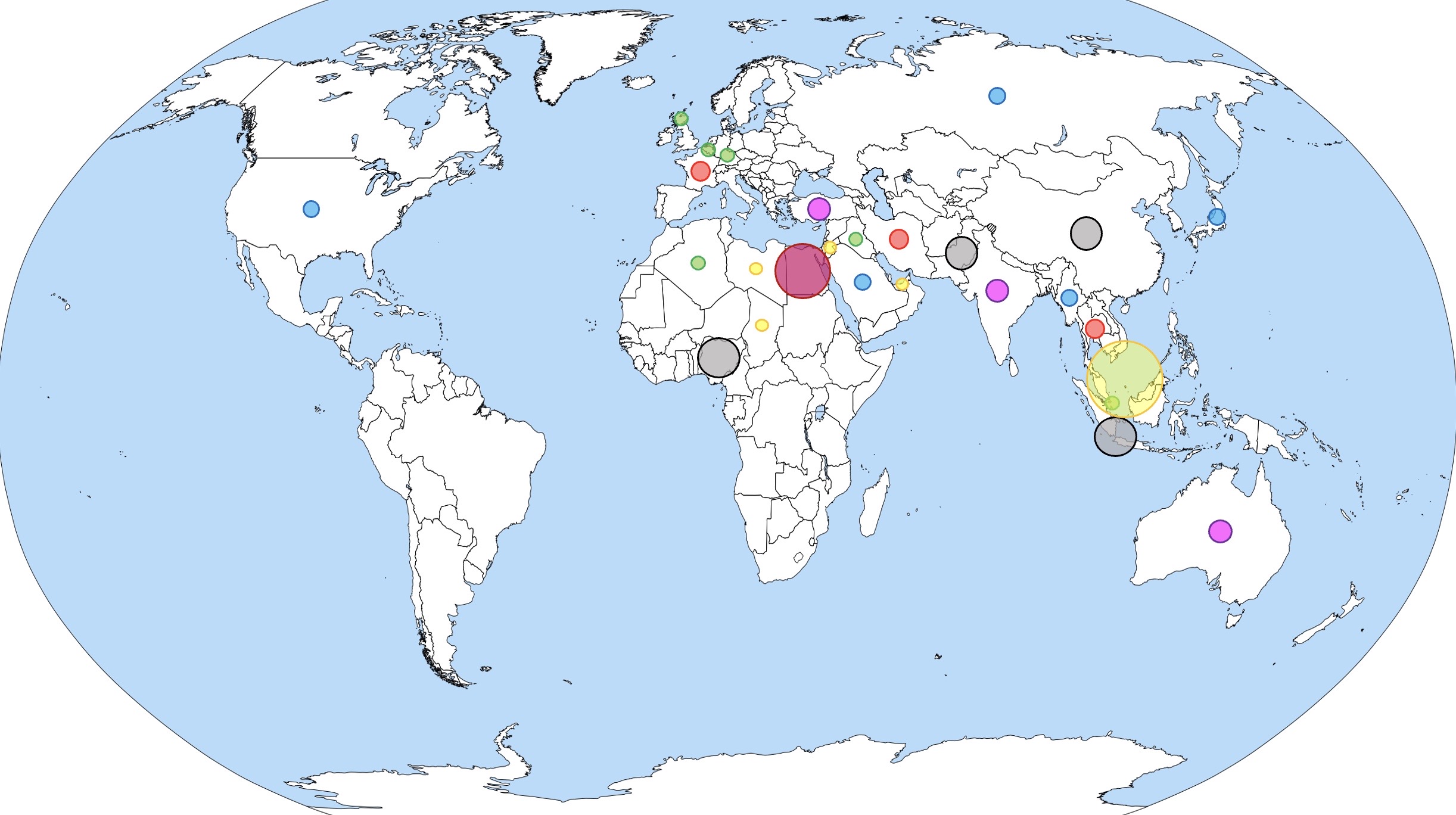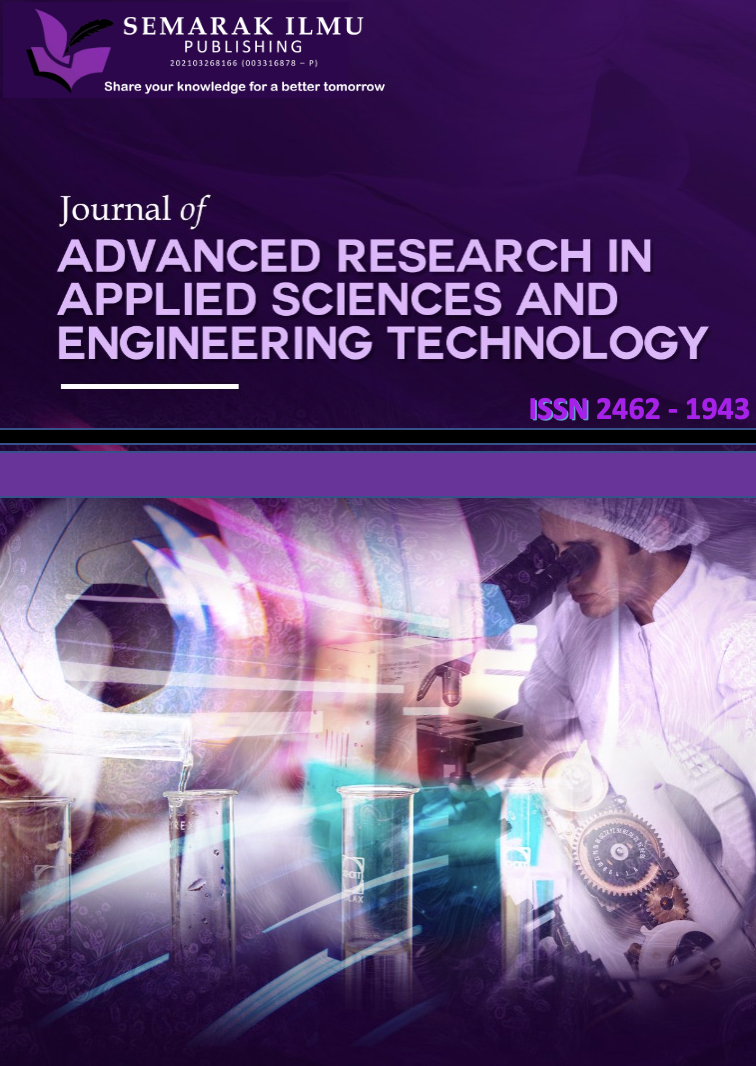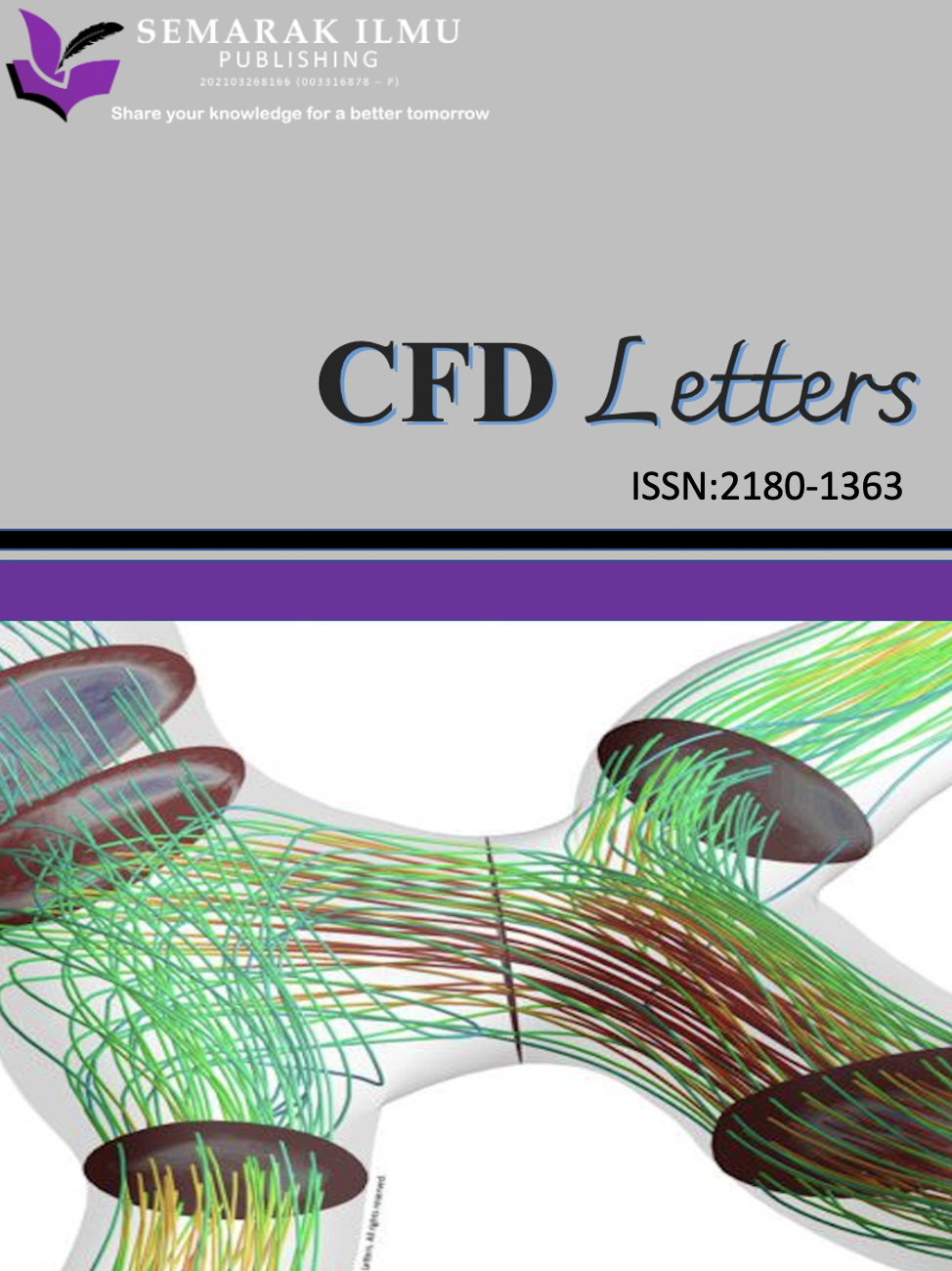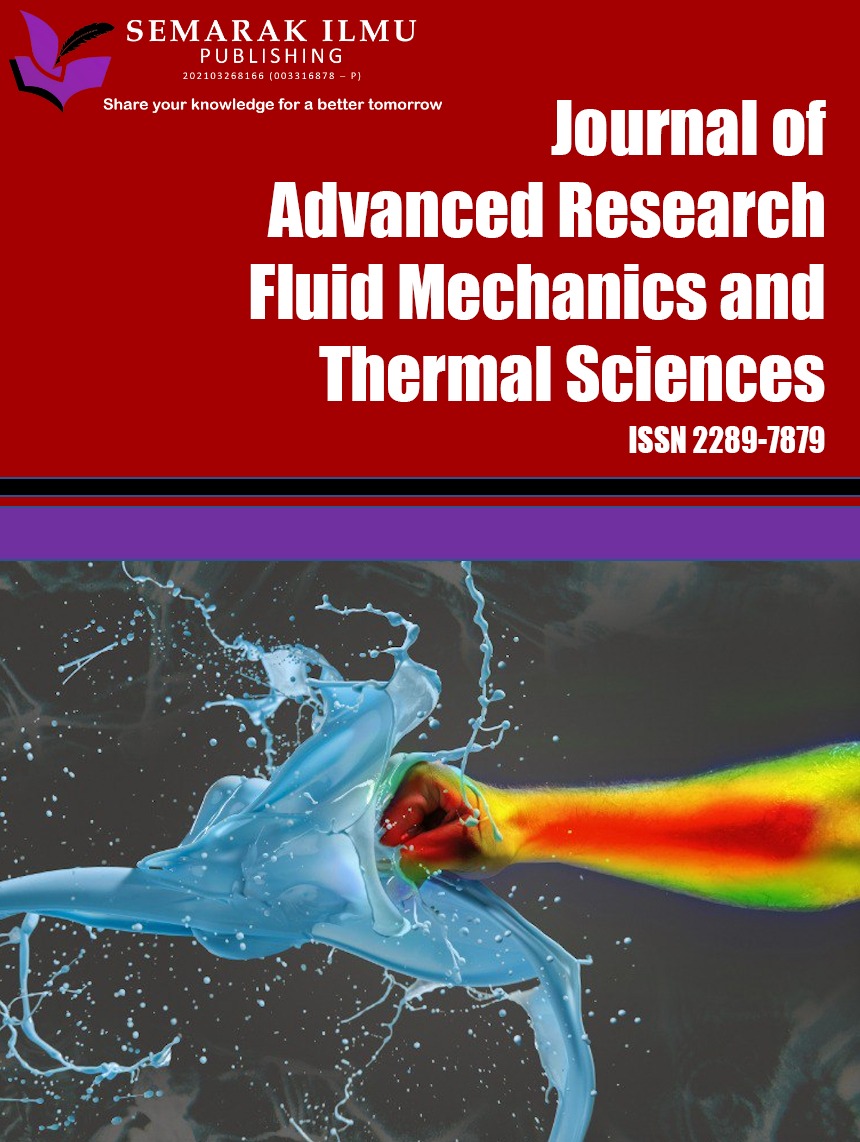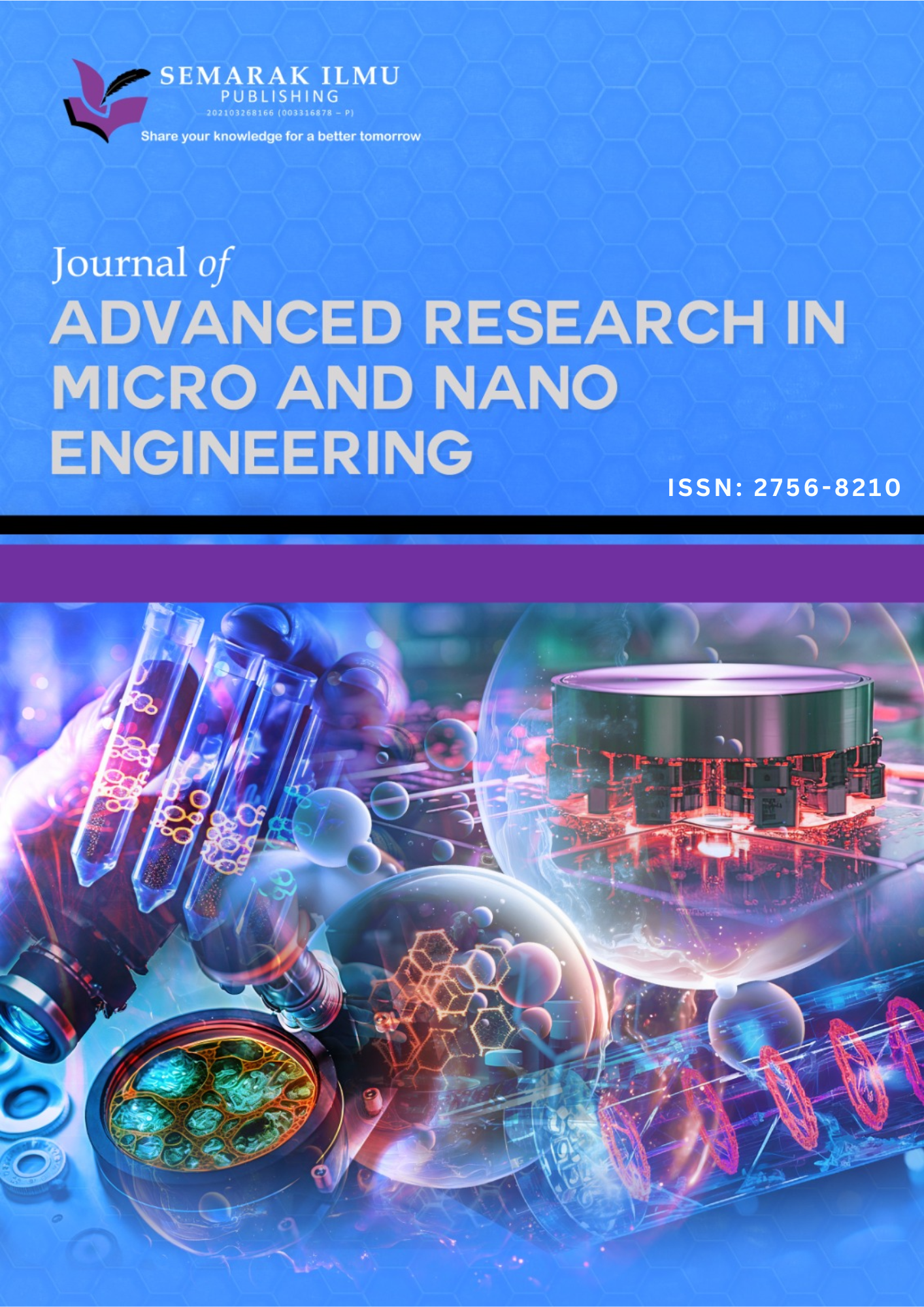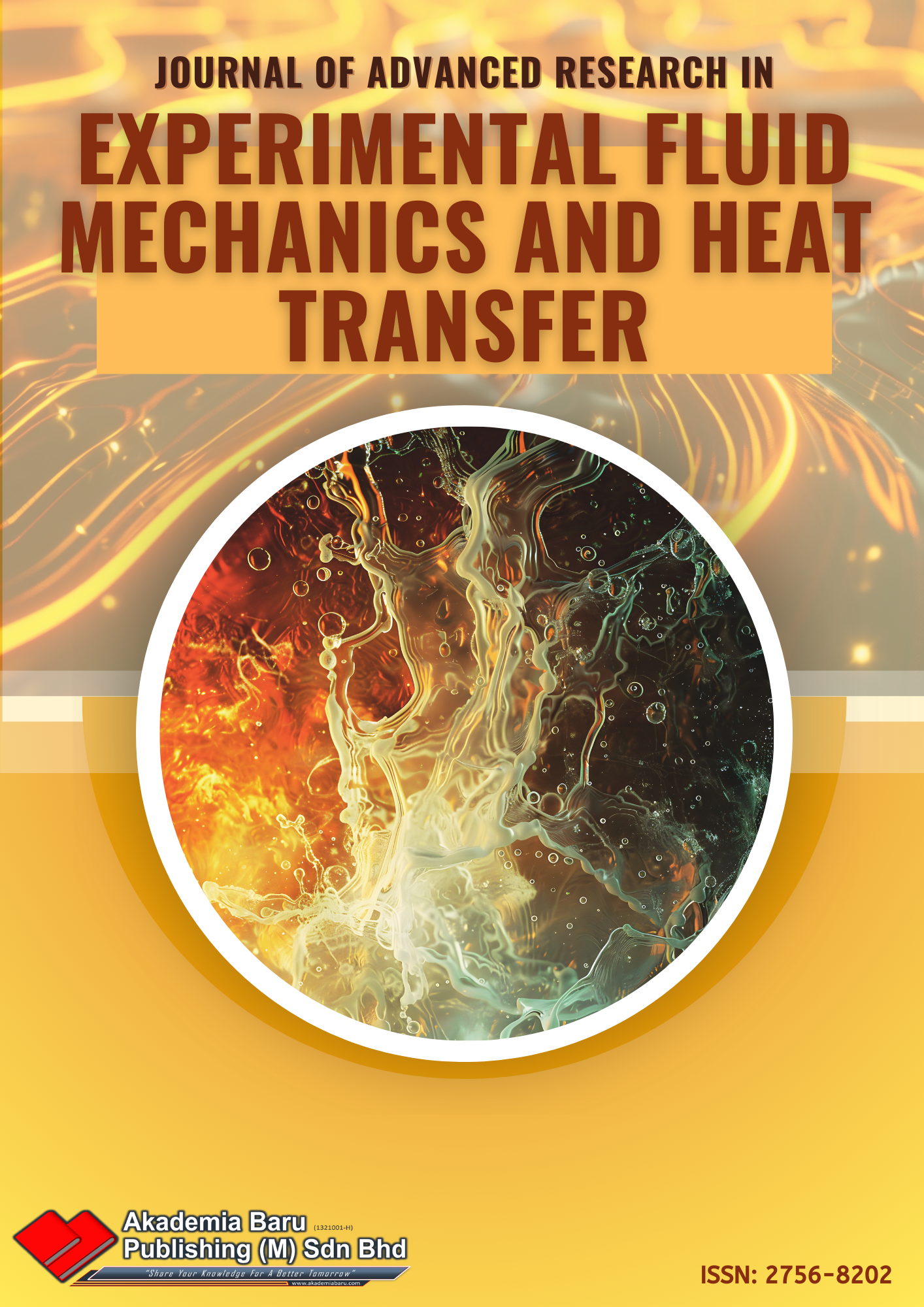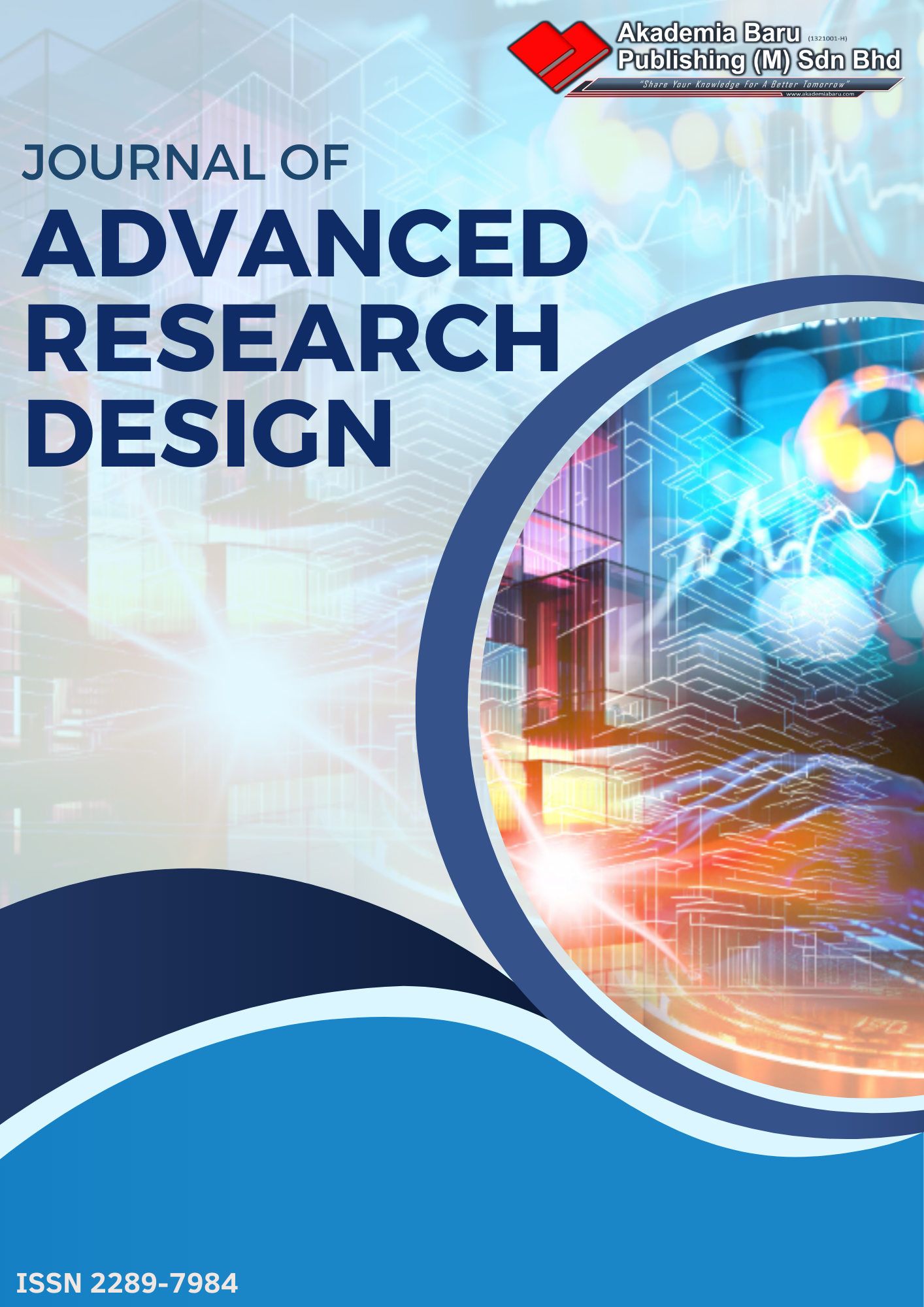Conceptual Design of 3D Printed Composite Side Mirror Base Using Hybrid Method
DOI:
https://doi.org/10.37934/aram.131.1.5772Keywords:
Fused deposition modelling, natural fiber composites, topology optimizationAbstract
The research work presents the stages of producing a conceptual design of a car side mirror base that is optimum in shape and utilizes an ideal amount of natural fiber composite. The optimized model is created by performing topology optimization (TO) and static simulations on a 3D-model side mirror base of a Perodua Myvi (model 2023) to obtain the best percentage of material removal. The finalized model was verified through a static simulation study to ensure its design integrity and is then fabricated using fused deposition modelling (FDM) technique by employing Polylactic Acid (PLA) + wood which was selected using the Technique for Order of Preference by Similarity to Ideal Solution (TOPSIS) method with a performance score of 0.9375. The final model’s weight is 68.572g; 11.235g lighter and uses 16.38% less material when compared to the unoptimized model. In conclusion, The TOPSIS method is a useful tool to make decisions involving multiple criteria while topology optimization is a great strategy to produce optimum design. Even if the result of topology optimization comes in complex geometries, the advancement of additive manufacturing such as FDM 3D printing can be utilized to fabricate the end product.
Downloads


